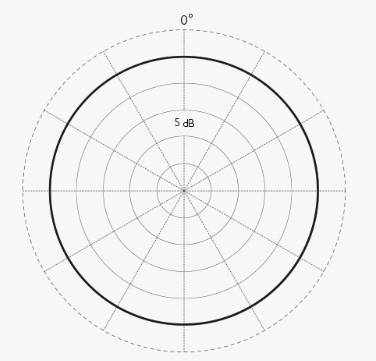Dynamic/Moving Coil Microphones

Image from Tauchspulenmikrofon.svg
Dynamic microphones use a simple electromagnetic induction principle to capture sound. Inside the microphone, there is a diaphragm attached to a coil of wire placed within the magnetic field of a magnet. When sound waves hit the diaphragm, it moves the coil within the magnetic field, generating an electrical signal through electromagnetic induction.
PROs:
- Durable and can handle high sound pressure levels (SPL), making them suitable for live performances.
- Less sensitive to ambient noise, making them useful for rejecting unwanted background sounds.
- Generally more affordable than condenser microphones.
CONs:
- Typically have a narrower frequency response and lower sensitivity compared to condenser microphones.
- Less accurate and detailed sound reproduction compared to high-end condenser microphones.
Condenser/Capacitor Microphones

Image from Kondensatormikrofon.svg
Condenser microphones operate based on the principle of capacitance. Inside the microphone, there are two plates—an extremely thin diaphragm and a backplate—placed close together. The voltage between these plates changes as the distance between them changes due to sound waves. This change in voltage is then transformed into an audio signal.
Capacitor: A capacitor is an electronic component that stores electrical energy in an electric field between two conducting plates.
PROs:
- High sensitivity and a wide frequency response, resulting in detailed and accurate sound reproduction.
- Excellent transient response, making them suitable for capturing fast and subtle changes in sound.
- Commonly used in studio settings for recording vocals and acoustic instruments.
CONs:
- More fragile compared to dynamic microphones and can be sensitive to environmental conditions.
- Require power (phantom power) to operate, which can limit their use in certain situations.
Polar Patterns and Headroom
Omnidirectional Response:
 Image from dpamicrophones
Image from dpamicrophones
- Captures sound from all directions equally.
- Ideal for capturing a complete perspective of the environment and ambient sounds.
- Useful for creating a natural and immersive recording.
- Examples: Recording a room ambiance or capturing a group conversation.
Cardioid Response:
 Image from dpamicrophones
Image from dpamicrophones
- Sensitive to sounds from the front and sides.
- Sounds from the rear are attenuated or canceled out.
- Provides directionality and isolates the main sound source.
- Most common and versatile polar pattern for various recording scenarios.
- Examples: Vocal recording, single instrument recording, podcasting.